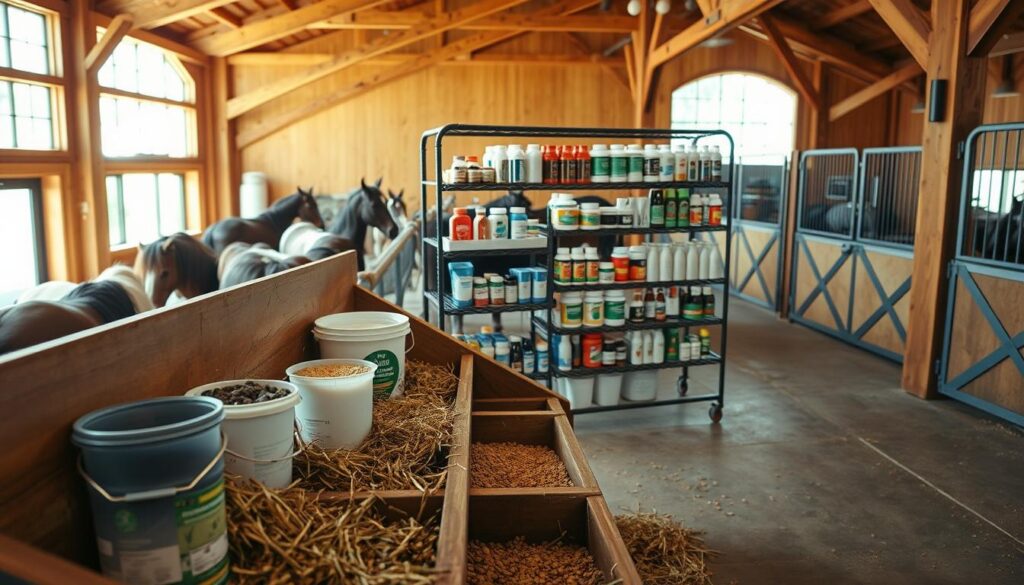Did you know that 40% of equine emergencies occur in boarding situations due to preventable facility issues? This startling statistic highlights why choosing the right environment for your animal is more than just convenience—it’s a critical responsibility.
For owners, finding a space that prioritizes well-being requires careful evaluation. Horse safety boarding isn’t just about shelter; it’s about ensuring every detail, from stall design to emergency protocols, aligns with your companion’s needs. As equine expert Chris Churchill notes, “A single oversight can turn a routine day into a crisis.”
This guide simplifies the process. You’ll learn how to spot red flags during visits, ask the right questions, and identify features that truly matter. Whether you’re new to boarding or reassessing your current setup, we’ve packed this article with actionable tips and real-world examples to empower your decision.
Key Takeaways
- Preventable facility issues contribute to nearly half of boarding-related emergencies.
- Effective evaluation includes checking barn layout, staff training, and emergency plans.
- Personal checklists help compare options objectively during facility tours.
- Ask specific questions about daily routines, veterinary access, and storm protocols.
- Look for features like non-slip flooring, secure fencing, and climate-controlled storage for medications.
Choosing a Safe Boarding Facility
A facility’s true quality becomes apparent when you look beyond the surface features. Start by visiting during busy hours to see how staff manage daily tasks. Barn culture matters—chat with current boarders about their experiences. As Nicole McCray advises, “A positive atmosphere reflects how animals thrive here.”
Team Expertise and Daily Operations
Experienced staff reduce risks significantly. Ask about their training programs and average tenure. High turnover often signals deeper issues. Chris Churchill’s checklist suggests verifying:
- Consistent feeding and turnout schedules
- Protocols for handling emergencies
- Access to veterinary partners within 30 minutes
Spotting Maintenance Red Flags
Check storage areas and aisleways for organization. Dusty corners or overflowing trash bins hint at neglected care. Compare these elements across potential locations:
| Feature | Green Flags | Red Flags |
|---|---|---|
| Stall Condition | Dry bedding, no sharp edges | Mold odors, broken latches |
| Turnout Fields | Rotated grazing areas | Overcrowded spaces |
| Equipment Storage | Labeled supplements, locked meds | Rusty tools, expired feed |
Trust your instincts. Facilities with clear communication and proactive care teams typically prioritize animal welfare above all else.
Key Considerations in Horse Safety Boarding
When reviewing boarding options, clarity in agreements and daily practices often determines long-term satisfaction. Start by observing how managers explain their services—vague answers could signal future headaches.

Essential Questions to Ask Facility Managers
Arm yourself with specific inquiries to uncover operational realities. Prioritize these topics:
- “What’s included in base fees versus add-ons like blanketing or medication administration?”
- “How often do stall cleaning and pasture rotations occur?”
- “Can I review your emergency response plan for fires or severe weather?”
Understanding Contract Terms and Hidden Fees
Contracts should detail every cost and responsibility. One barn owner admits, “We’ve seen disputes arise from assumptions about supplement fees or farrier visit charges.” Compare these common scenarios:
| Contract Clause | Transparent Example | Risk Area |
|---|---|---|
| Feed Costs | Specifies grain brand and daily amounts | “Custom diets” with 30% upcharges |
| Veterinary Access | Lists approved providers | Requires onsite vet at owner’s expense |
| Termination Notice | 30-day written notice | Automatic renewals with penalties |
Always cross-reference verbal promises with written terms. Monitor your animal’s condition monthly—weight loss or behavioral changes might indicate mismatched care levels.
Evaluating Stall and Paddock Safety
Proper living spaces require more than just four walls—they demand thoughtful design and upkeep. A well-planned environment reduces stress and prevents injuries, letting animals thrive in their daily routines.
Stall Size, Design, and Secure Latches
Stalls should allow easy movement—ideally 12×12 feet or larger for adults. Check for smooth walls without exposed nails or splinters. Veterinarian Dr. Ellen Torres warns, “Improper latches cause 20% of escape incidents I see.” Test door mechanisms yourself during tours.
Look for these stall features:
- Rubber matting under bedding for joint support
- Buckets secured with carabiners, not loose hooks
- Ventilation gaps above doors for airflow
Fencing, Gate Integrity, and Paddock Maintenance
Barbed wire remains a top hazard in grazing areas. Opt for facilities using wood, vinyl, or mesh fencing instead. Walk pasture perimeters to spot these issues:
| Safe Features | Risky Conditions |
|---|---|
| Post-and-rail fencing | Rusty wire strands |
| Self-closing gate hinges | Gaps wider than 4 inches |
| Weekly manure removal | Puddles near feeding zones |
Ask how often staff inspect turnout areas. Daily checks for debris or frozen ground hazards show proactive care. Facilities combining sturdy construction with consistent upkeep often earn long-term trust from owners.
Essential Facility Features That Enhance Equine Health
The difference between adequate and exceptional care often lies in facility details many overlook. Barns designed with equine biology in mind create environments where animals thrive physically and mentally. Let’s explore the features that separate good facilities from great ones.
Fresh Air Flow and Consistent Cleaning
Proper ventilation reduces respiratory risks by 65%, according to equine studies. Look for barns with adjustable windows or ridge vents that allow airflow without drafts. Natural lighting matters too—stalls should receive sunlight during daytime hours to support circadian rhythms.
A strict stall cleaning routine prevents ammonia buildup. Top facilities:
- Replace bedding completely every 5-7 days
- Scrub water buckets daily to prevent algae
- Use dust-free shavings for sensitive airways
Reliable Tools and Smart Monitoring
Well-maintained equipment ensures consistent care. Check grooming tools for dull blades and broken bristles during tours. Surveillance cameras with night vision help staff monitor animals without disruptive checks.
| Feature | Well-Maintained | Neglected |
|---|---|---|
| Lighting | LED fixtures in aisles | Flickering bulbs |
| Ventilation | Automatic climate sensors | Stale, humid air |
| Tools | Sharpened clippers | Rusty hoof picks |
Facilities that make sure these elements align with equine needs see fewer stress-related issues. As one Ontario barn manager notes, “When water stays clean and air smells fresh, you can hear the difference in quieter, happier animals.”
Turnout, Pasture, and Riding Arena Safety
A well-designed turnout system does more than stretch legs—it shapes behavior and health. Facilities balancing structured routines with natural herd dynamics create environments where animals flourish. Chris Churchill recalls a case where daily turnout adjustments reduced stress-related colic by 40% in one Ontario barn.
Daily Turnout Practices and Pasture Management
Consistent schedules prevent boredom and stiffness. Look for facilities offering 6-8 hours of pasture time daily, even in winter. Key management elements include:
- Rotating grazing areas to prevent overgrazing
- Weekly checks for holes, toxic plants, or loose fencing
- Separate spaces for dominant and shy individuals
Riding Arena Conditions and Trail Accessibility
Nicole McCray emphasizes, “Arena footing impacts joints as much as horseshoes.” Well-maintained spaces feature:
| Feature | Ideal Conditions | Risk Factors |
|---|---|---|
| Footing | Even, dust-controlled surface | Hard-packed or muddy areas |
| Drainage | Sloped edges for runoff | Standing water patches |
| Trails | Cleared paths with soft edges | Exposed roots or steep drops |
Benefits of Social Interaction in Open Areas
Group turnout fosters mental stimulation and reduces anxiety. Studies show animals with pasture buddies exhibit:
- Lower resting heart rates
- Fewer stall-walking habits
- Improved digestion from relaxed grazing
Visit during turnout times to observe herd dynamics. Facilities prioritizing social needs often have calmer, more engaged animals year-round.
Maintaining Quality Equine Care and Nutrition
Proper nutrition forms the foundation of equine wellness, but even experienced owners often overlook critical details in feeding protocols. A barn’s approach to dietary management reveals its commitment to animal health—look beyond basic hay bales to assess true quality.

Structured Meal Plans and Supplements
Consistent schedules prevent digestive issues. Dr. Ellen Torres states, “Animals thrive when meals arrive within 30-minute windows daily.” Top facilities share these practices:
- Morning and evening hay portions weighed precisely
- Grain mixes adjusted for age and activity levels
- Supplement logs tracking omega oils or joint support additives
Storage Solutions and Hydration Systems
Moisture-controlled haylofts and rodent-proof grain bins protect feed quality. During tours, check these elements:
| Ideal Storage | Risk Factors |
|---|---|
| Hay stacked 18” off concrete | Mold spots on lower bales |
| Sealed grain containers | Open bags attracting pests |
| Heated waterers in winter | Frozen troughs at dawn |
Ask managers how often they test water pH levels. Automatic systems with daily flow checks reduce dehydration risks. Facilities combining precise schedules with smart storage earn trust through visible results—glossy coats and steady energy levels speak volumes.
Emergency Preparedness and Day-to-Day Operations
True peace of mind for owners comes from knowing their animals receive consistent care, even during crises. Facilities with robust emergency plans reduce risks by 58% compared to reactive operations, according to Ontario equine studies. Proactive measures ensure both routine and unexpected situations get handled efficiently.
Onsite Support and Security Measures During Off-Hours
Round-the-clock staffing separates exceptional facilities from average ones. Look for:
- Motion-activated lighting in aisles and paddocks
- Live surveillance feeds accessible to managers
- Backup generators tested monthly
One Alberta barn avoided disaster when night staff spotted smoke through cameras and evacuated animals before firefighters arrived. Compare security standards:
| Secure Facilities | Risky Facilities |
|---|---|
| Staff on-site 24/7 | Unlocked gates after dark |
| Weekly fire drills | Outdated emergency contact lists |
Access to Veterinary, Farrier, and Training Services
Immediate professional access prevents minor issues from escalating. Top locations maintain:
- Vets within 45-minute response time
- Farrier visits every 6-8 weeks
- Certified trainers for behavioral support
Dr. Ellen Torres notes, “Facilities with pre-negotiated vet rates save owners both time and stress during emergencies.” Verify service availability through:
| Well-Prepared | Limited Access |
|---|---|
| On-call farrier network | Owner must arrange visits |
| First-aid certified grooms | No staff medical training |
Establish clear communication channels with managers—ask for weekly update emails and after-hours contact protocols.
Conclusion
Selecting the right environment for your equine partner creates lasting benefits for their well-being and your peace of mind. Throughout this guide, we’ve highlighted critical elements like daily care routines, facility layout, and emergency preparedness—all factors that shape your animal’s quality of life.
Making an informed decision today prevents headaches tomorrow. Verify contracts thoroughly, ask about staff training during tours, and schedule regular check-ins once settled. Notice changes in behavior or weight? These often signal whether the barn’s practices align with promised standards.
Stay engaged with caretakers through friendly chats and written requests. Proactive communication helps address small issues before they escalate. Remember to revisit your checklist monthly—consistent inspections of water buckets, grooming tools, and riding areas maintain accountability.
Your companion’s home should evolve with their needs. Use this guide as your trusted resource when evaluating options. With careful planning and ongoing attention, you’ll create a partnership where both you and your animal thrive.

